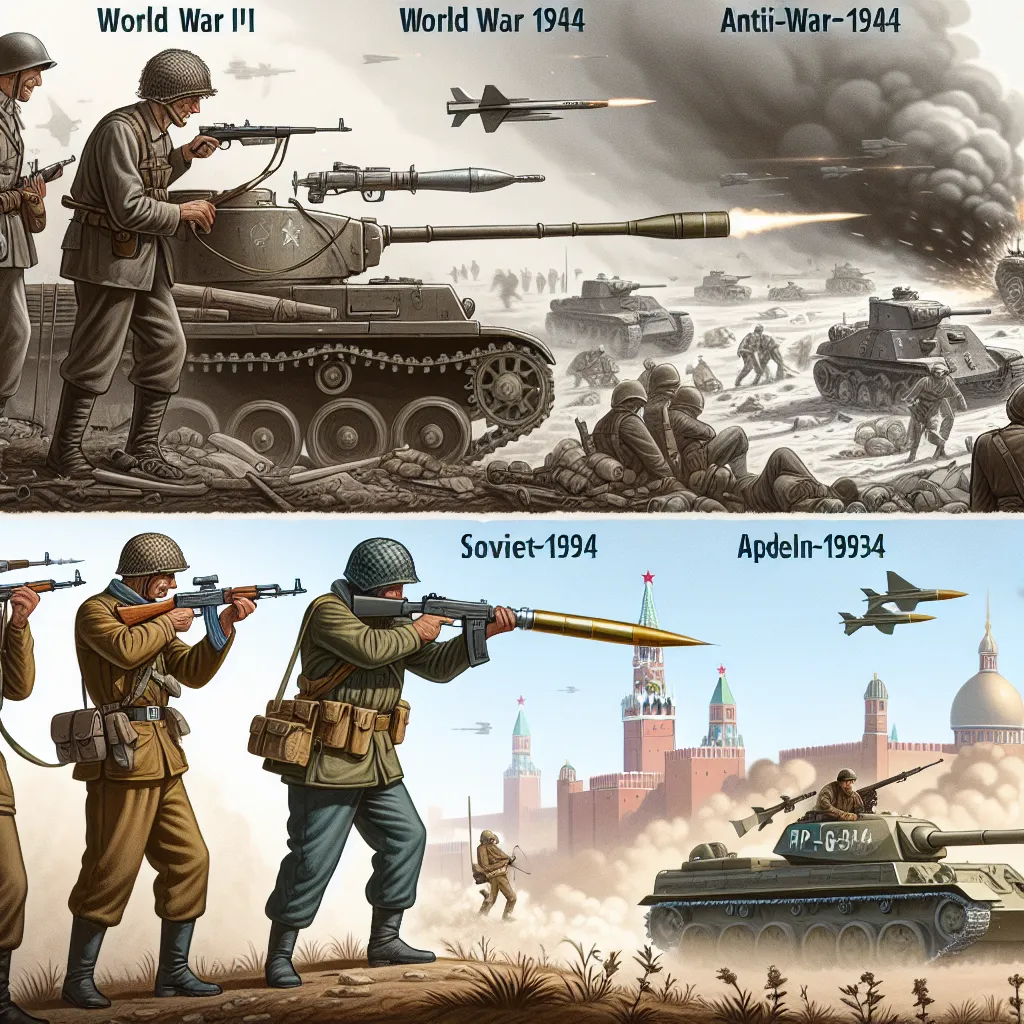During World War II, advancements in the internal combustion engine made tanks faster, tougher, and more deadly. This evolution called for a mobile weapon that could enable an infantryman to halt these metal beasts. It was a fast-paced war, and everyone—Germans, Italians, and Allies—learned quickly. Enter the Bazooka.
The Bazooka, nicknamed after a musical instrument due to its shape, was essentially a simple tube with a mechanical firing mechanism. Think of it as a giant gun, but really, it was more of a guidance tube for its projectile. It weighed only six and a half kilograms and was surprisingly easy to operate with a two-person crew—one to load and one to fire.
This weapon could shoot a 60-millimeter projectile capable of piercing armor up to 102 millimeters thick. A well-placed shot could take out any German tank, though success wasn’t always guaranteed. The ability to reload was crucial because missing the tank or only damaging it meant you’d need to fire again. Its effectiveness was evident—close to 500,000 Bazookas and over 15 million rockets were produced during the war.
But America wasn’t alone in arming its infantry with powerful, portable weapons. The Soviet RPG-7, developed during the Cold War, borrowed principles from the Bazooka. It was a reloadable tube firing a rocket-propelled projectile, with simple yet highly effective engineering. Unlike the Bazooka, the RPG-7’s two-stage firing mechanism allowed for a shorter tube length, just 90 centimeters.
The RPG-7 fired projectiles up to 93 millimeters in diameter and four and a half kilograms in weight, reaching velocities of 294 meters per second. Its greatest strength was its simplicity, reflected in its widespread use with over nine million units built since 1961. The RPG-7 could use a shaped charge to pierce traditional armor, making tanks increasingly vulnerable.
However, in modern warfare, no weapon reigns supreme for long. With advancements in tank armor, designers responded with even more sophisticated defenses. Explosive reactive armor emerged in the 1970s as a counter to shaped charges like those fired by the RPG-7. This armor used slabs of explosives between plates to neutralize incoming projectiles.
Enter the Javelin, a guided missile using a tandem warhead—a smaller precursor charge that clears the way for the larger main charge to penetrate the target’s defenses. The Javelin’s missile utilizes an integrated day-night sight and fires once clear of the launcher. It can engage various targets via direct fire or its infrared guidance system, attacking the weakest points of armored vehicles from above.
In summary, military technology constantly evolves, with each innovation prompting a response. The Bazooka and RPG-7 changed the game by making tanks vulnerable, but defensive advancements like reactive armor and guided missiles kept the arms race moving forward. War, it seems, is a perpetual cycle of innovation and counter-innovation.






